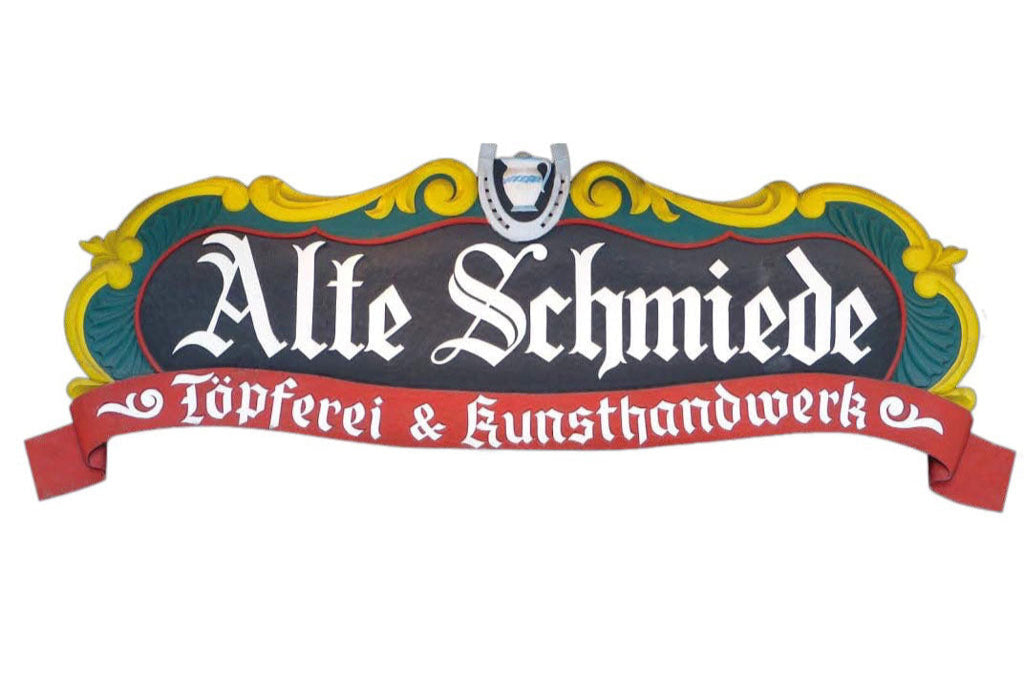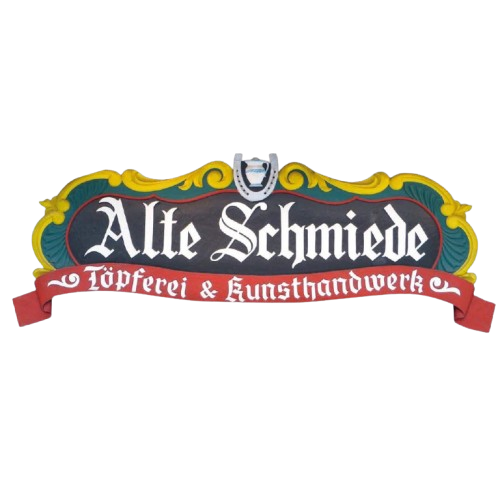The diversity of clay: types of clay in pottery
Clay is the basic material of pottery and its properties largely determine the final product. Different types of clay offer different working possibilities and aesthetic results. In this blog post I would like to introduce you to the most commonly used types of clay in pottery and explain their specific properties and applications.
1. Earthenware
Stoneware is one of the most commonly used clays in pottery. It is fired at low to medium temperatures (approx. 950°C to 1100°C) and is characterized by its versatility and ease of handling.
- Characteristics : Stoneware is relatively porous and has a coarse texture. It is available in various natural shades, from white to reddish brown.
- Applications : Ideal for beginners, it is often used for making decorative objects, tableware and sculptures. Being less dense, it must be glazed to be waterproof.
2. Stoneware
Stoneware is fired at higher temperatures (approx. 1200°C to 1300°C) and is harder and denser than earthenware. It is a preferred choice for functional ceramics.
- Properties : Stoneware is non-porous and has a smooth, solid structure. It can come in natural colors such as gray, brown and beige.
- Applications : Due to its robustness and density, stoneware is often used to make dishes, pots and other household items that require high durability.
3. Porcelain
Porcelain is a particularly fine and high-quality clay that is fired at very high temperatures (approx. 1200°C to 1400°C). It is known for its translucency and white color.
- Properties : Porcelain is very dense, non-porous and has a smooth, silky texture. It is difficult to work with because it is less plastic and dries faster.
- Applications : Because of its elegant appearance and durability, porcelain is often used for fine tableware, vases, artwork and decorative objects.
4. Terracotta
Terracotta is a red, iron-rich clay that is fired at low temperatures (approx. 1000°C to 1100°C). The name "terracotta" means "baked earth" in Italian.
- Characteristics : Terracotta is porous and has a rustic, earthy texture. It is relatively soft and easy to shape.
- Applications : Commonly used for flower pots, sculptures and architectural elements. Terracotta must be glazed or sealed to be waterproof.
5. Raku clay
Raku clay is specifically designed for the Raku firing technique, a traditional Japanese method that involves rapid firing and dramatic temperature changes.
- Properties : This clay is often mixed with sand or grog (ground, fired clay) to make it more resistant to thermal shock.
- Applications : Ideal for Raku pottery, where pieces are placed directly from the hot kiln into combustible materials to create unique surface patterns.
Conclusion
Choosing the right clay is critical to the success of a pottery project. Earthenware, stoneware, porcelain, terracotta and raku clay each offer unique properties and advantages that make them suitable for different applications. By understanding the specific characteristics of each clay, you can better decide which clay is best for your project and thus best realize your creative vision. Whether you are a beginner or an experienced potter, knowing the diversity of clay enriches the pottery craft and opens up endless design possibilities.
Share

